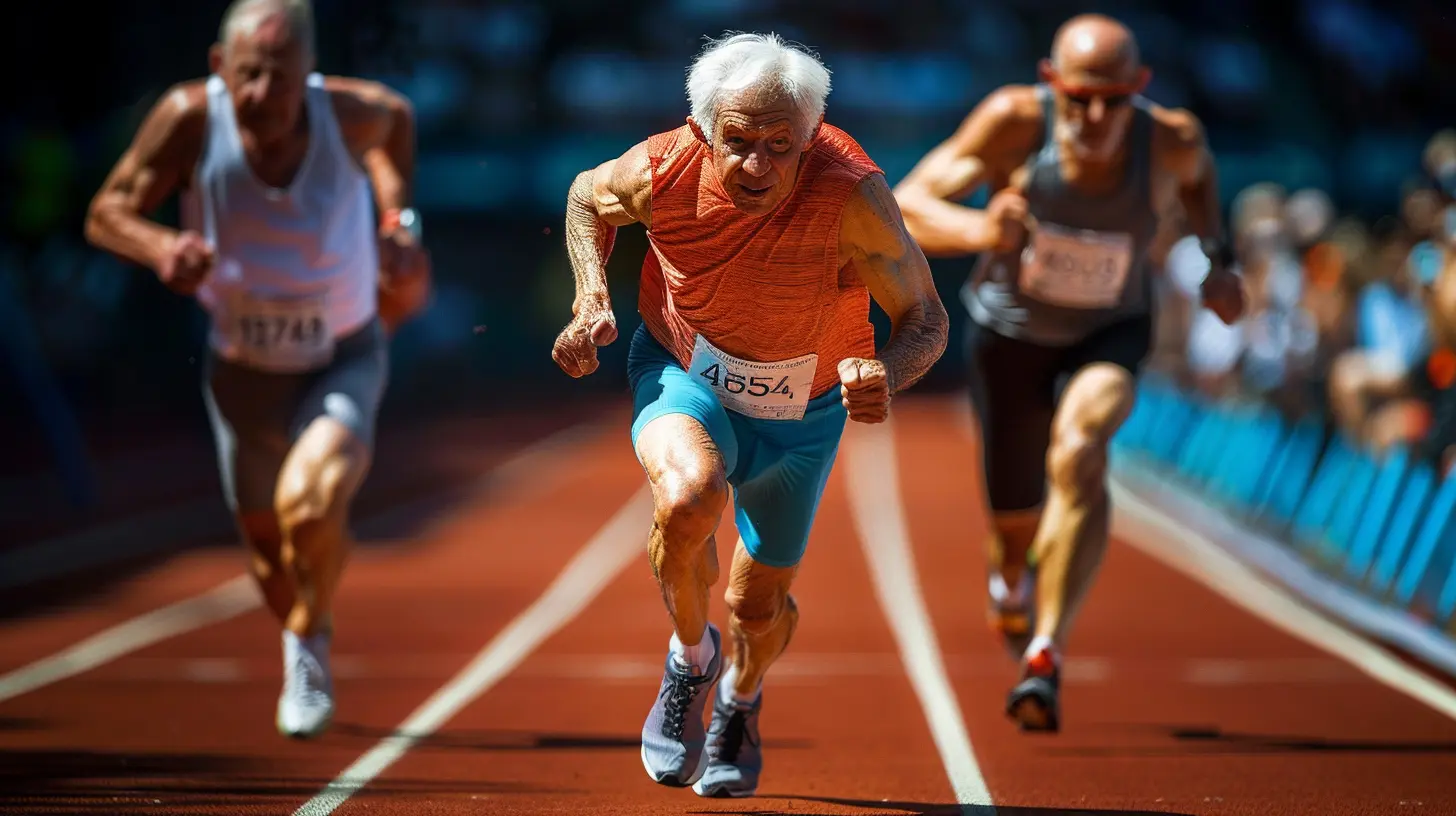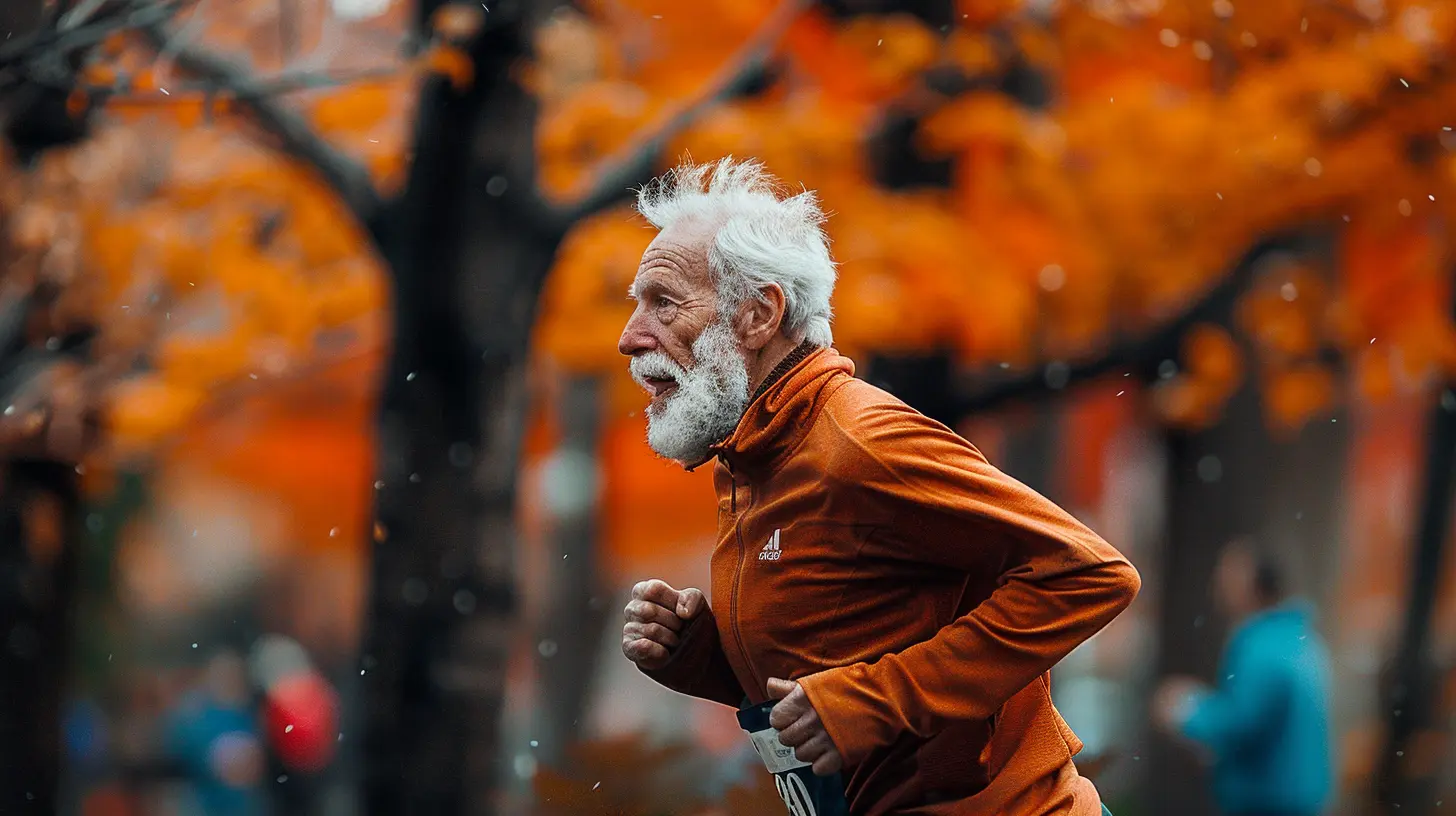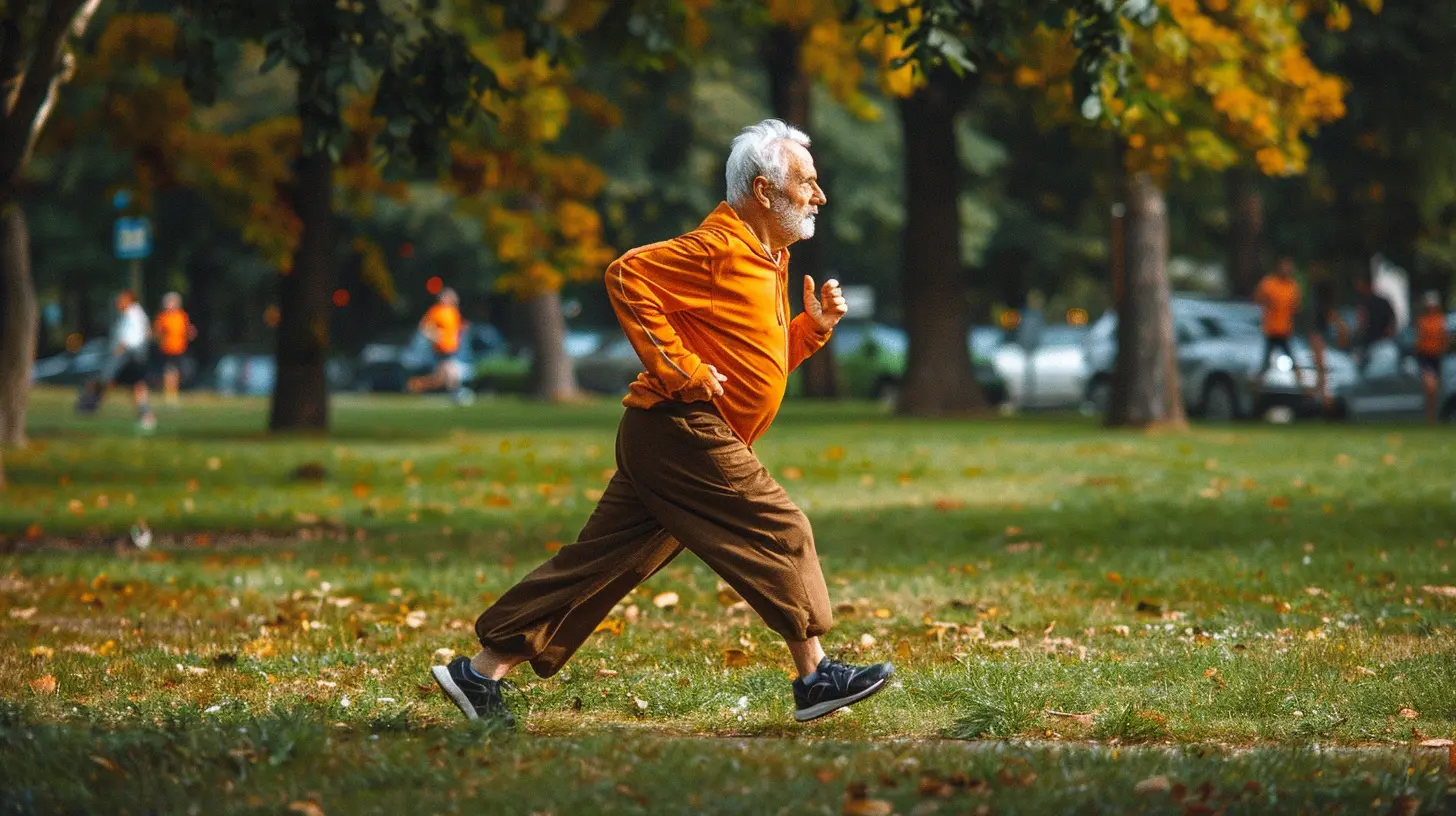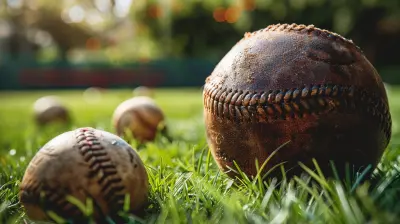Running and Aging: How to Stay Fit and Fast as You Get Older
26 July 2025
Let’s get one thing straight—just because you’re getting older doesn’t mean you have to slow down. Sure, you might not hit your college 5K PR anymore, and your knees may have a little more to say after a long run. But here's the good news: running and aging can actually go hand-in-hand, and yes, you can stay fit and fast well into your 40s, 50s, 60s, and beyond.
This article is your ultimate guide to staying in the game. Whether you're a seasoned marathoner or someone who just wants to keep up with the grandkids, it's all about adapting smartly rather than giving in to the age card.
Why Running Is a Game-Changer as You Age
First of all, let’s talk benefits. Running is one of the most efficient ways to fend off the typical downsides of aging. We're talking about improved cardiovascular health, better bone density, boosted mood, sharper mental clarity, and even a slower aging process at the cellular level. That’s right—those miles are doing more than you think.Running also keeps your metabolism humming. As we age, our metabolism naturally slows down, and let's face it, the weight doesn’t fall off like it used to. But logging consistent miles can counteract that trend by keeping your body burning calories efficiently.
Want to feel younger? Regular running improves balance and coordination, which lowers the risk of falls, and encourages better posture. So, yeah, it’s more than just a sweaty hobby—it’s a full-on age-defying tool.
How Aging Affects Your Running—And Why That’s Okay
Let’s be real for a sec—aging does make changes to your body. Muscle mass declines, flexibility tightens up, your VO2 max dips, and your recovery time stretches out a bit longer. But that’s not doom and gloom—it just means you’ve got to run smarter, not harder.1. Slower Recovery
You’re not 22 anymore, and that’s fine. Your muscles and connective tissues need more time and care these days. Instead of pushing through the pain, listen closely to your body. Rest is not the enemy—neglect is.2. Changing Fast-Twitch vs. Slow-Twitch Muscle Fibers
Over time, fast-twitch fibers decrease, which affects sprinting and explosive speed. But slow-twitch fibers (used for endurance) stick around much longer. Translation? You might not win a 100m dash, but you can still crush a 10K.3. Hormonal Shifts
Testosterone, estrogen, and growth hormones decrease with age. These affect muscle repair and energy levels. But smart training, nutrition, and sleep can keep you operating like a well-oiled machine.
Tips to Stay Fit and Fast as You Age
All right, let’s get into the nitty-gritty. Here’s how you can keep chasing down PRs and feeling strong, even as the candles on your birthday cake start to pile up.1. Embrace Strength Training
You’ve probably heard it before: “Strong runners are fast runners.” This becomes more crucial with age. Incorporate weight training at least 2-3 times per week. Focus on compound movements like squats, lunges, deadlifts, and core work. Your body will thank you with better stability, power, and injury resistance.2. Prioritize Recovery Like a Pro
Recovery doesn’t mean lying on the couch for 3 days (tempting, though). Use active recovery like light walks, gentle yoga, or foam rolling. And don’t sleep on sleep—it’s the gold standard for muscle repair and mood regulation.3. Hydration & Nutrition: Fuel the Machine
Remember when you could run on a slice of pizza and cold brew? Yeah, not anymore. Clean, whole foods rich in protein, healthy fats, and carbs are your golden ticket. Stay hydrated too; aging affects your sense of thirst, so drink up (especially before and after runs).4. Flexibility & Mobility Work
Stiff hips? Tight calves? Add dynamic warm-ups and post-run stretching into your routine. Gentle mobility drills unlock better range of motion and reduce injury risk.Think of your body like a classic car—you wouldn’t drive it hard without a warm-up, right?
5. Mix Up Your Running Routine
Don’t get stuck in a rut. Try intervals, tempo runs, long slow miles, and hill work. Variety isn’t just the spice of life—it keeps your muscles guessing and your mind engaged. Plus, it helps maintain cardiovascular health and builds different types of endurance.6. Mind Your Shoes
If your running shoes are pushing 500 miles or look like they’ve been through a tornado, it’s time to upgrade. Proper cushioning becomes even more important as joints age, so don’t skimp here.7. Set Realistic But Challenging Goals
Your fastest times might be behind you, but who cares? Run your best race now. Aim for age-group awards, sign up for new race distances, or chase non-time objectives like consistency or overall mileage.
Mental Edge: Running Is More Than Physical
Let’s not forget the mind game. Running is just as much mental as it is physical. As you age, your mindset becomes your secret weapon.Older runners often have a deep well of experience to pull from. Use that. You’ve learned how to gut through tough spots, manage pacing like a boss, and handle setbacks with grace. That stuff can't be taught in any training plan.
Embrace running as a life ritual, not a chore. It’s your daily chance to check in with yourself, push boundaries, and stay connected to your body in a world that often tries to disconnect us.
And if motivation wanes? Team up with a running group. There's something inspiring about sharing miles and stories with people who “get it.”
Common Pitfalls to Avoid
You’re smart—you wouldn’t be reading this if you weren’t—but here’s a heads-up on a few traps older runners sometimes fall into:Overtraining
More is not always better. If every day is a hard run, your body will eventually push back—with injury or burnout.Ignoring Warning Signs
That nagging Achilles pain or knee twinge? Don’t ignore it. Seek help early. A quick PT session can save months of downtime.Skipping Strength and Cross-Training
Running alone won’t cut it. Bike, swim, hit the gym, or dance around your living room—just add something different into the mix.Racing After 40: A Different Kind of High
There’s a special kind of magic in toeing the line when you’re older. You’re not just running against the clock—you’re running against doubt, comfort zones, and the stereotypes that say, “Take it easy now, you're not as young as you used to be.”Screw that.
Whether you’re chasing age-group podiums or just hitting the finish line with a smile, racing after 40 can be just as euphoric as it was in your 20s. Maybe even more so because now, you appreciate it more.
Real Talk: It’s Not About Being the Fastest, It’s About Staying in the Game
The secret sauce as the years go by? Consistency. Showing up. Lacing up. You're not just a runner—you’re a lifer.Fast is relative. What matters is that you're moving, sweating, breathing hard, fighting for your health, and loving the lifestyle. That’s the real win.
Final Thoughts: You’ve Still Got It
Look, aging is inevitable—but slowing down doesn’t have to be. With the right mindset and smart strategy, you can run strong for decades. The key is shifting from hard-headed to open-minded. Think grace over grind, sustainability over speed, and joy over ego.Running is the fountain of youth… if you’re willing to adjust your stride.
So keep running. Keep thriving. Age is just a number, and you? You're just getting started.
all images in this post were generated using AI tools
Category:
RunningAuthor:

Frankie Bailey
Discussion
rate this article
1 comments
Zoey Wallace
Embrace a balanced routine; strength training and recovery are key to lifelong running success.
August 16, 2025 at 4:41 AM

Frankie Bailey
Absolutely! A balanced routine with strength training and proper recovery is essential for maintaining speed and endurance as we age.


